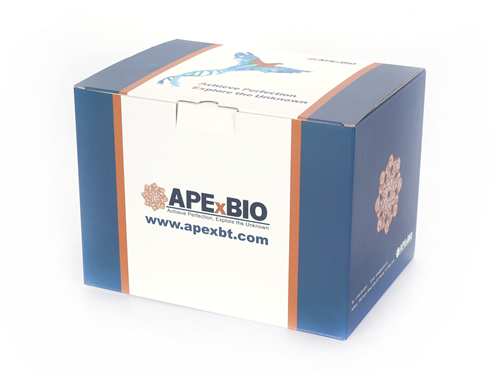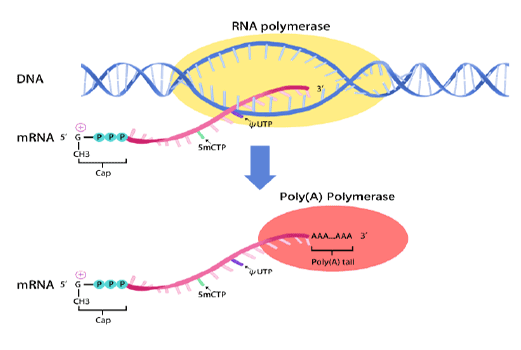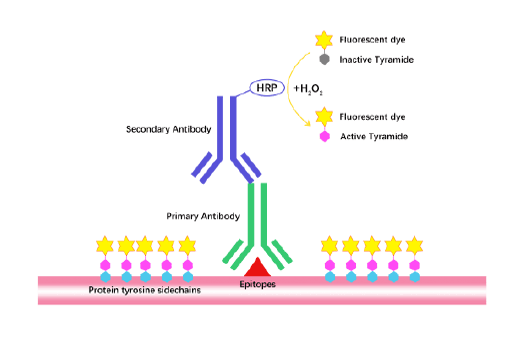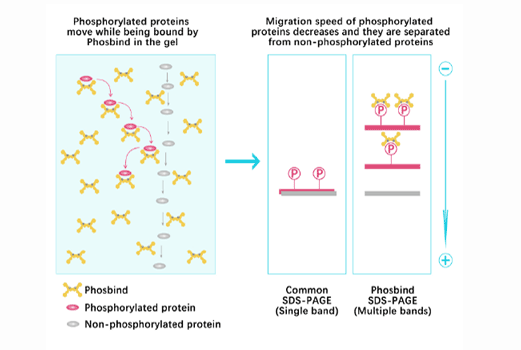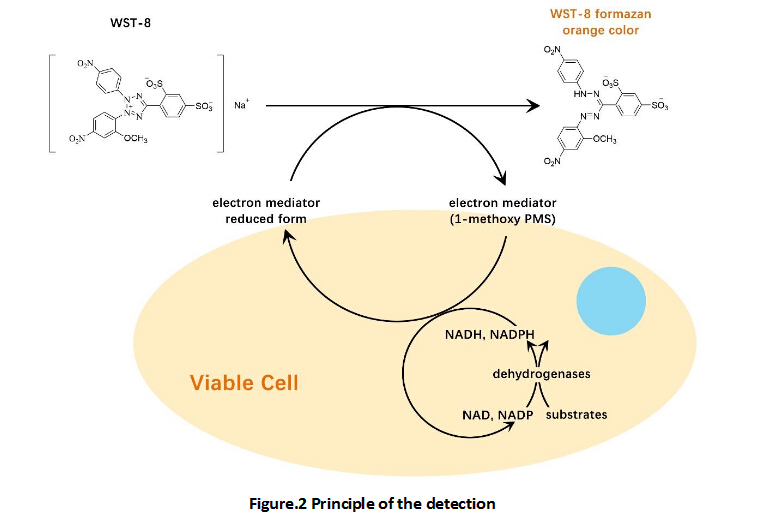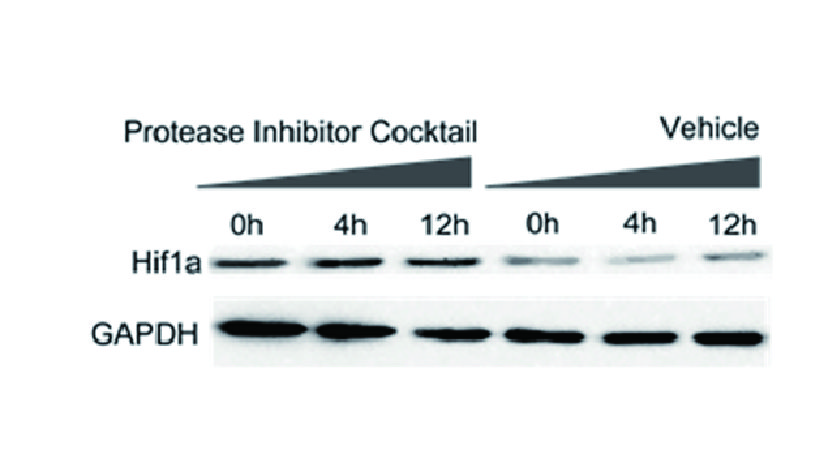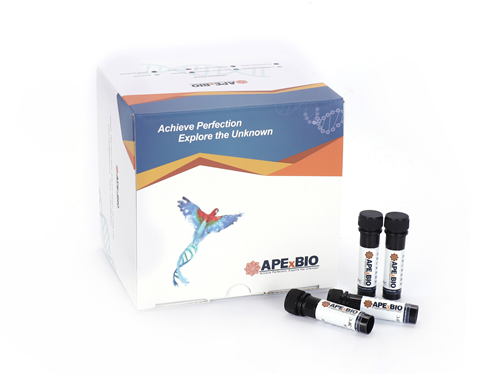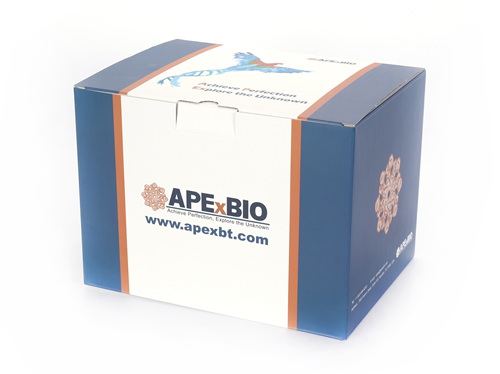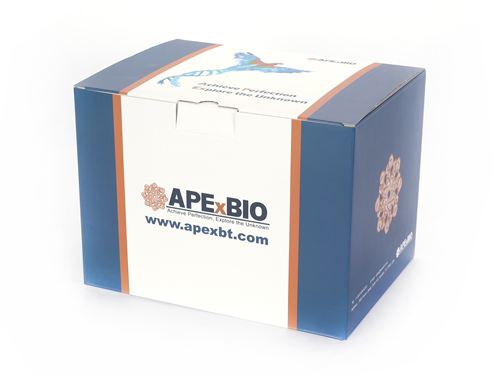Tartrate Resistant Acid Phosphatase (TRAP) staining Kit
Tartrate-resistant acid phosphatase (TRAP) is an enzyme expressed predominantly by osteoclasts, involved in bone resorption. The TRAP staining method relies on enzymatic hydrolysis of naphthol AS-BI phosphate substrate in acidic conditions, releasing free naphthol. The released naphthol reacts with diazonium salts, producing an insoluble, colored precipitate that visually identifies osteoclast activity. Common applications include assessment of osteoclast differentiation and functional evaluation in freshly-prepared blood smears, cell preparations, frozen tissue sections, and paraffin-embedded tissue specimens. For optimal staining results, working solutions are typically applied undiluted according to standardized protocols provided with the staining kit.

Figure 1: TRAP staining by this kit with hematoxylin counterstain(left) or methyl green counterstain (right)
- 1. Kehao Liu, Qi Huang, et al. "Sleep Deprivation Aggravates Periodontitis Through Trigeminal‐Periodontal Neuroimmune Pathway Mediated by the AChE‐ACh‐α7nAChR Axis." Adv Sci (Weinh). 2025 Aug 14:e00945. PMID: 40810704
- 2. Sophie E. Sipprell, Quinton A. Krueger, et al. "Substance P Augments Chemokine Production by Staphylococcus aureus Infected Murine Osteoclasts." Inflammation (2025).
Related Biological Data
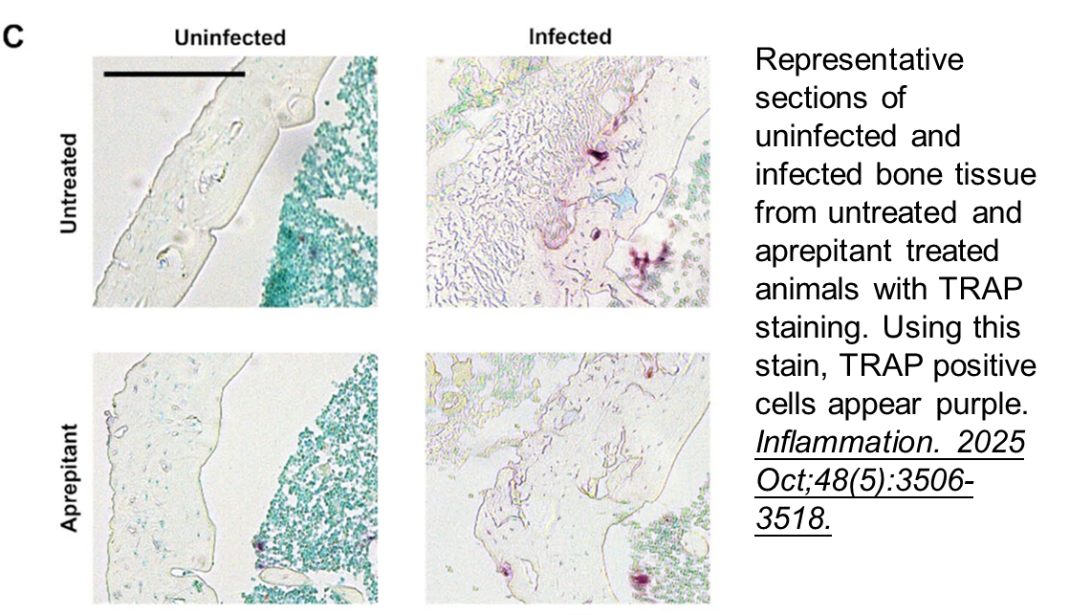
Related Biological Data

|
Components |
K2606-10 mL |
K2606-20 mL |
|
GBC Solution A |
100 μL |
200 μL |
|
GBC Solution B |
100 μL |
200 μL |
|
AS-BI Staining Solution |
100 μL |
200 μL |
|
TRAP Buffer |
9.7 mL |
19.4 mL |
|
Hematoxylin Staining Solution |
10 mL |
20 mL |
|
Methyl Green Staining Solution |
10 mL |
20 mL |
|
Store TRAP Buffer and Methyl Green Staining Solution at room temperature away from light. Store Hematoxylin Staining Solution at 4°C away from light. Store other reagents at -20°C away from light. This kit is stable for 3 months. |
||



